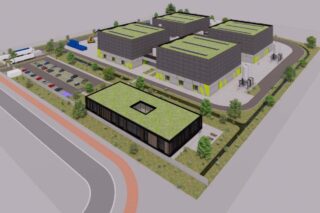The motherboard, also known as the mainboard or main circuit board, is a large printed circuit board with connectors and slots for various components and devices. It facilitates communication between components like the processor and hard disk. Since it is not always easy to choose the right equipment in front of a multitude of manufacturers, we have produced this buying guide with tips and recommendations to help you make the right purchasing decision.
Different Connections
There are different types of connections on a motherboard:
- Serial ports (COM1, COM2, COM3, COM4) are being replaced by USB ports.
- Parallel port (LPT1, PRN) connects older motherboards to printers.
- USB ports link peripherals like keyboards, mice, and printers.
- PS/2 ports (for keyboard and mouse) are being phased out in favor of USB.
- HDMI ports transmit 8K signals to TVs or monitors.
- DisplayPort, introduced in 2006, aims to replace HDMI.
- S/PDIF optical port decodes digital formats.
- RJ45 port (Ethernet) connects to local networks or routers.
- M.2 and U.2 ports allow NVMe drive connections (up to 3,500 MB/s).
- PCI slots accommodate expansion cards (e.g., video cards).
- SATA ports connect compatible peripherals (hard disks, DVD players).
Different Formats
There are also different motherboard formats or form factors:
- ATX (Advanced Technology Extended): Common format with several ports and 7 expansion slots. Available in different sizes (Mini ATX, Micro ATX, FlexATX).
- BTX (Balanced Technology Extended): Introduced in 2004 but ATX remains prevalent. BTX improves component organization, and airflow, and reduces noise and temperature.
![[BUYING GUIDE] How to Choose the Right Motherboard?](/wp-content/uploads/sites/3/Featured-5-23-1000x625.png)






![Image [Buying Guide] How to Choose the Right AMR?](/wp-content/uploads/sites/3/AMR-320x213.jpg)


